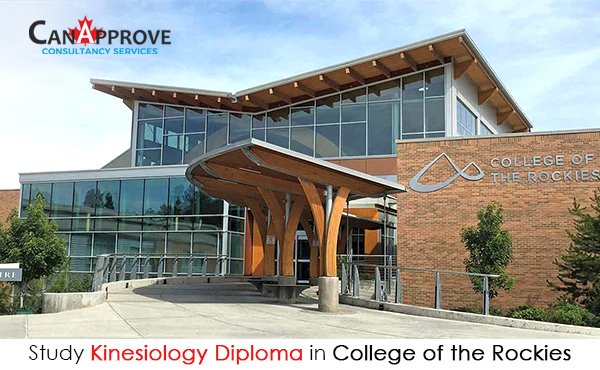In the Labour Market Priorities Stream draw held on March 20 for Express Entry candidates, Nova Scotia issued invitations to those who had listed French as their first official language. The March 20 draw was held to mark the 32nd International Day of La Francophonie. It served to launch Nova Scotia’s new Francophone Immigration Action Plan for encouraging francophone immigration to the province. Though Nova Scotia did not specify how many invitations it had issued in this draw, those invited had a minimum language proficiency level of Canadian Language Benchmark (CLB) 7 or higher in all French language abilities (reading, writing, speaking and listening). They were also required to have CLB level 5 or higher in all abilities in English.
Nova Scotia gives top priority to promote the immigration of French-speaking workers to the province. Currently, the number of residents in Nova Scotia, who has listed French as their mother tongue comes to around three or four percent of the province’s total population. The new Action Plan aims to attract more French-speaking immigrants to Nova Scotia and support their retention and integration through access to services and programming.
Francophone Immigration Action Plan
The Nova Scotia Francophone Immigration Action Plan, a partnership between Nova Scotia Office of Immigration (NSOI) and Office of Aboriginal Affairs(OAAF), includes directed efforts on:
- Stakeholder Engagement
- Marketing
- Attraction
- Retention and Integration
- Research and Measuring Progress
NSOI is also planning to collaborate with employers and other stakeholders to attract and retain French-speaking and bilingual candidates for meeting the labour needs in the province as part of the Action Plan.
Canada’s efforts to promote francophone immigration
At the national level, Canada is witnessing a decline in the number of francophone residents outside Quebec. In 2016, the percentage of francophone population outside Quebec was 3.8%. According to Statistics Canada, this will come down to 2.7% in 2036. Canada Government, in its Future Action Plan for Official Languages 2018-23 envisages increasing the proportion of French-speaking immigrants outside of Quebec to 4.4% of all immigrants by 2023.
The Action Plan lays out investing $40.8 million over five years to support francophone immigration. Over the past few years, the federal government has introduced certain changes to immigration programming for supporting francophone immigration.
These include:
- Changes have been introduced to the Express Entry system to give more points to applicants with proficiency in French
- The Mobilité Francophone program helps employers outside of
- Quebec hires French-speaking temporary workers.
- The federal government supports francophone immigration recruitment marketing events like Destination Canada and Mobility Days.
Nova Scotia and francophone immigration
The French-language Services Act of Nova Scotia says that the Province is committed towards the development and enhancement of its francophone community and maintaining the French language for future generations. Nova Scotia is promoting francophone immigration as part of supporting its francophone communities.
Nova Scotia Office of Immigration is supporting the provincial organizations that provide immigration settlement services to French-speaking immigrants. The NSOI also participates in provincial and Atlantic committees for francophone immigration to coordinate immigration efforts and share information. NSOI also participates in recruitment and attraction events for francophone immigration within Nova Scotia.
All these point to the fact that both the federal government and the Nova Scotia Provincial Government are keen about more French-speaking people to Canada. If you have proficiency in French, chances are high that you would be able to obtain Canada PR visa more easily. There are a number of options for French-speaking people to migrate to Canada if they meet other eligibility requirements. All they have to do is to explore these options and choose the right one for them. The assistance of an expert immigration consultant would help them take the right decision.
Contact us for any guidance or assistance relating to Canada migration.










